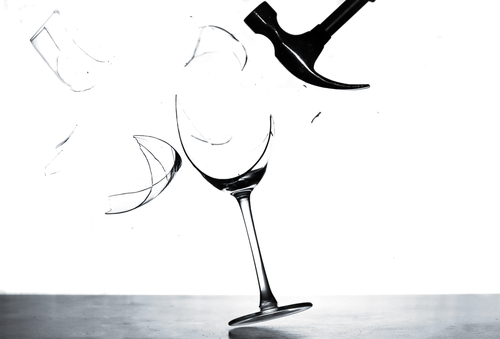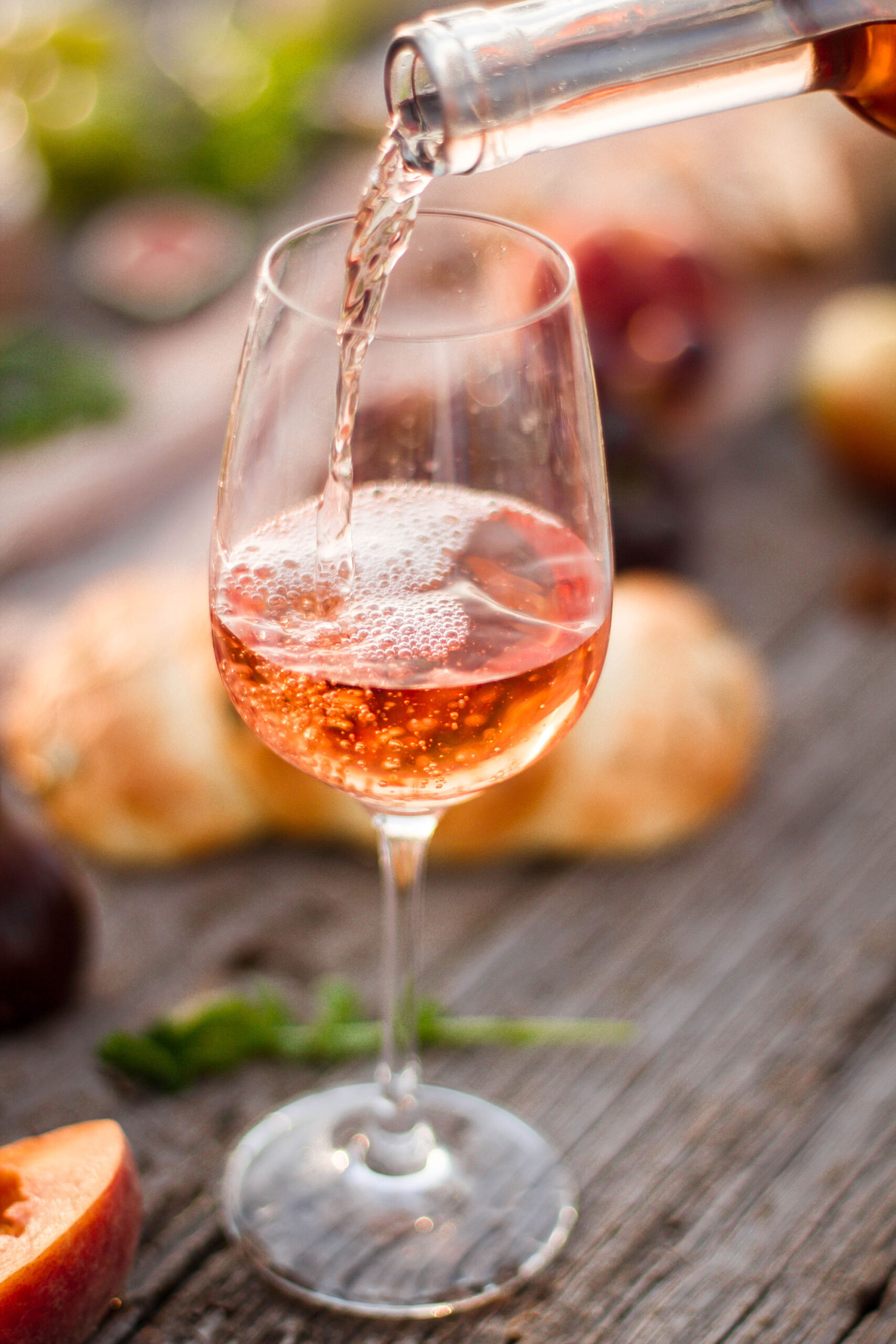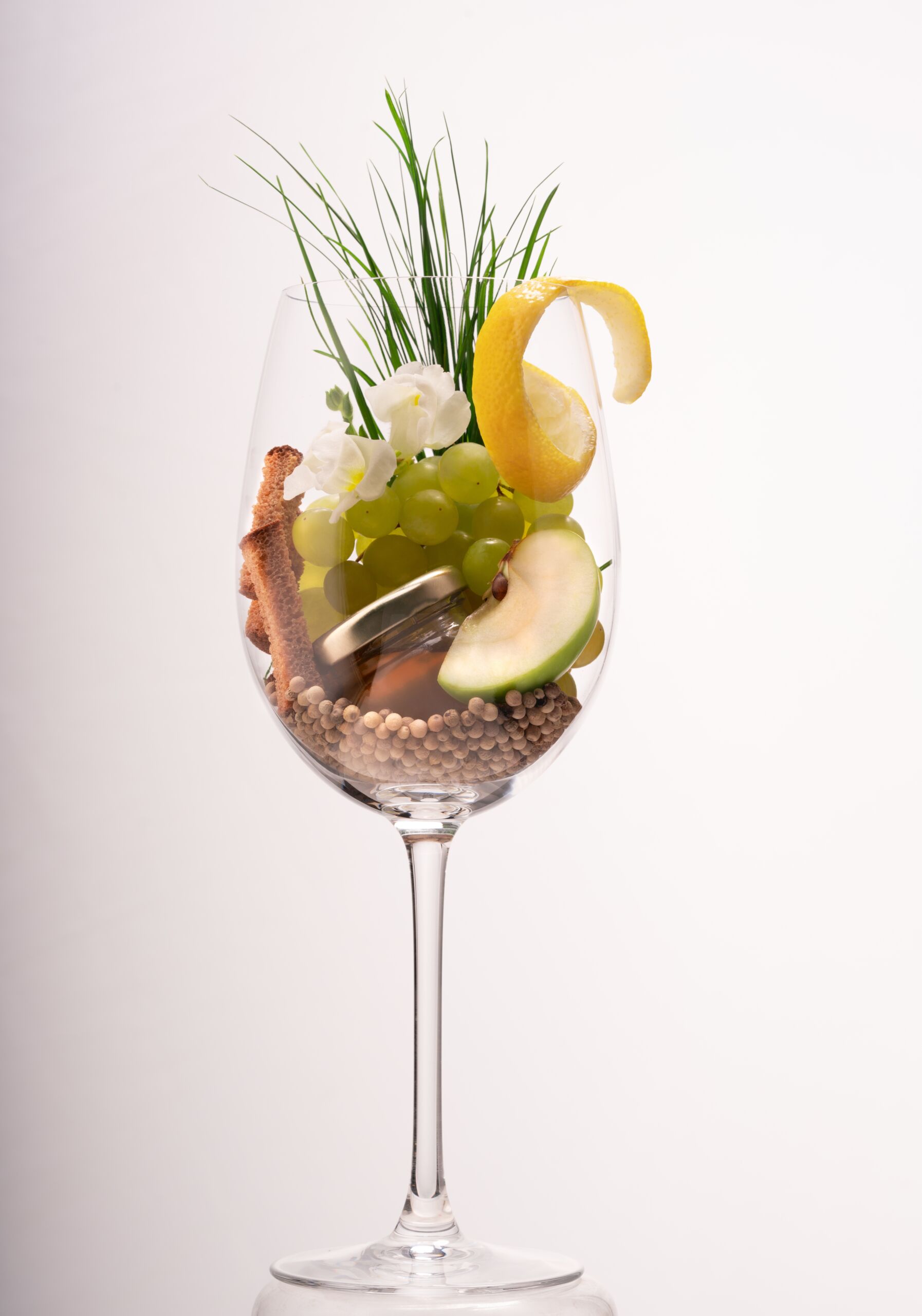Have you ever been told you should never chill red wine? Or that corks are better than screwcaps? Yes? Thought so.
Let’s have a look at ten common wine myths now and see whether we’ve been led up the garden path, or should it be row of vines ….
Myth 1: Red wine should never be chilled
It’s true that the majority of red wine is best served at room temperature.
But even that has a wide margin: one man’s room temperature is another man’s furnace – or refrigerator. It’s generally accepted in wine circles, though, that room temperature is somewhere between 15° and 18°C.
Apparently, the recommended daytime temperature is 19° to 21°C for occupied rooms, so we’re all probably serving our red wine at too high a temperature.
Some lighter bodied red wine with low levels of tannin, like Beaujolais for example, are actually better lightly chilled – about 13°C.
When is all said and done, however, you should drink your wine how you like it.
Myth 2: Corks are better than screwcaps
The traditional method of sealing a bottle of wine is with a cork. And then along came the screwcap – which brought with it the myth that wines sealed with a screwcap are inferior to those that have a cork. And it is a myth.
There is no technical or scientific research that suggests that the screwcap is worse than cork. There are many persuasive arguments to suggest that screwcaps remove some problems that come with corks: leakage, oxidation, and taint; and they are easier to open.
Myth 3: Wine gets better with age
Not necessarily.
It’s true that some wines of exceptional quality, or those with high levels of tannin and/or acidity do age well.
However, the vast majority of wines are meant to be drunk young – within two or three years after bottling.
Myth 4: Blended wine is inferior
Definitely not! Where did that one come from?
Some of the most famous wines in the world are blends – Bordeaux, Châteauneuf-du-Pape, Champagne.
Winemakers are at pains to produce the best wine they can and that usually means taking a range of wines and combining them to get the best result.
That’s not to say that single varietal wines are inferior to blends, of course!
Myth 5: The deeper the dimple the better the wine
Not necessarily.
The dimple, which is called a punt, has its origins in when bottles were made by glassblowers. Punts were created to make sure the bottle could stand upright – simple as that.
Nowadays, bottles are made more cheaply on an industrial scale with precise technology, so all bottles will stand up straight, with or without a punt.
It could be argued that cheaper wines are produced with lower overall costs, so the cheaper the bottle the better.
Conversely, more expensive, premium wines may be bottled with a punt because this requires more glass and is therefore more expensive to make.
Either way, there is no reason to suppose that the size of the punt bears any direct relation to the quality of the wine.
Myth 6: A spoon will keep your fizz fresh
Definitely a myth.
Where this piece of folklore came from is difficult to determine: the truth of the matter is that once you open a bottle of fizz, the carbon dioxide in the wine – the stuff which makes it fizzy – starts to dissipate and will continue until it’s gone.
Unless you drink it in one sitting you will end up with flat fizz. You can make it last a little longer, though, if you invest in a good sparkling wine stopper.
Myth 7: Good wines have good ‘legs’
‘Legs’, or ‘tears’, are the dribbles of wine that cling to the glass when you’ve swirled it around. It’s been suggested that the viscosity of the legs, and how long they cling tells you how good, or otherwise, the wine is: the thicker the viscosity and the longer they cling to the glass, the better quality the wine.
Not true. You can get an idea of the level of alcohol and the sweetness of the wine (higher levels of both will produce more pronounced legs), but not its quality.
In fact, the same wine will produce different legs, depending on the temperature and humidity of the room in which it’s served.
Myth 8: White wine with fish
Actually, you could add to this and say ‘red wine with red meat’. Both have become so entrenched that woe betide anyone who dares to have a glass of Pinot Noir with their tuna.
Although some foods do pair better with particular wines, much depends on how the food has been cooked, and what, if any sauces and accompaniments there are.
A straightforward grilled steak almost demands a red with fairly robust tannins, just as a simple fish dish warrants a light white wine.
Generally speaking, the more robust the dish, the more robust the wine – which brings me back to my Pinot Noir with tuna. Tuna is a meaty, oily fish, so a red wine with light tannins, like Pinot Noir, would be a good match.
Ultimately, though, you should drink what you like – with one caveat: don’t be surprised if the food doesn’t taste quite as good if the wine is a poor match.
Myth 9: Champagne is the best sparkling wine
Not always true. There is an ingrained assumption that sparkling wine from Champagne is going to be the best you can buy, but – and it’s a big but – blind tastings have shown that this is not always the case.
Like wine from any other region there are outstanding examples from the Champagne region, but there are also some pretty mediocre offerings too.
And there’s a certain amount of snobbery involved. In a blind tasting in 2020 of English sparkling wines v. Champagne (both were non-vintage), English fizz came out top when assessed on taste alone. But in a second tasting, when tasters knew the names of the wines, those from Champagne came top!
I’ll leave it there!
Myth 10: Sulfites cause hangovers
Not true, I’m afraid. It’s more likely the alcohol in the wine, and dehydration that causes hangovers – so be aware of how much you drink: less wine, more water!
All wine contains sulfites: this is due to the fermentation process itself. And sulfites, whether occurring naturally or added, are necessary to preserve the wine.
There are people, however, who have a rare allergic reaction to sulfites, in which case the ‘hangover’ is really an allergic response in the form of a headache.
So there we have ten wine myths debunked. Cheers!





